'Nowadays, you can barely throw a heavy brick without it hitting a garden designer’: The renaissance of the country garden
Tiffany Daneff looks at how the English country house garden has been rescued from its thorny slumbers over the last 50 years.
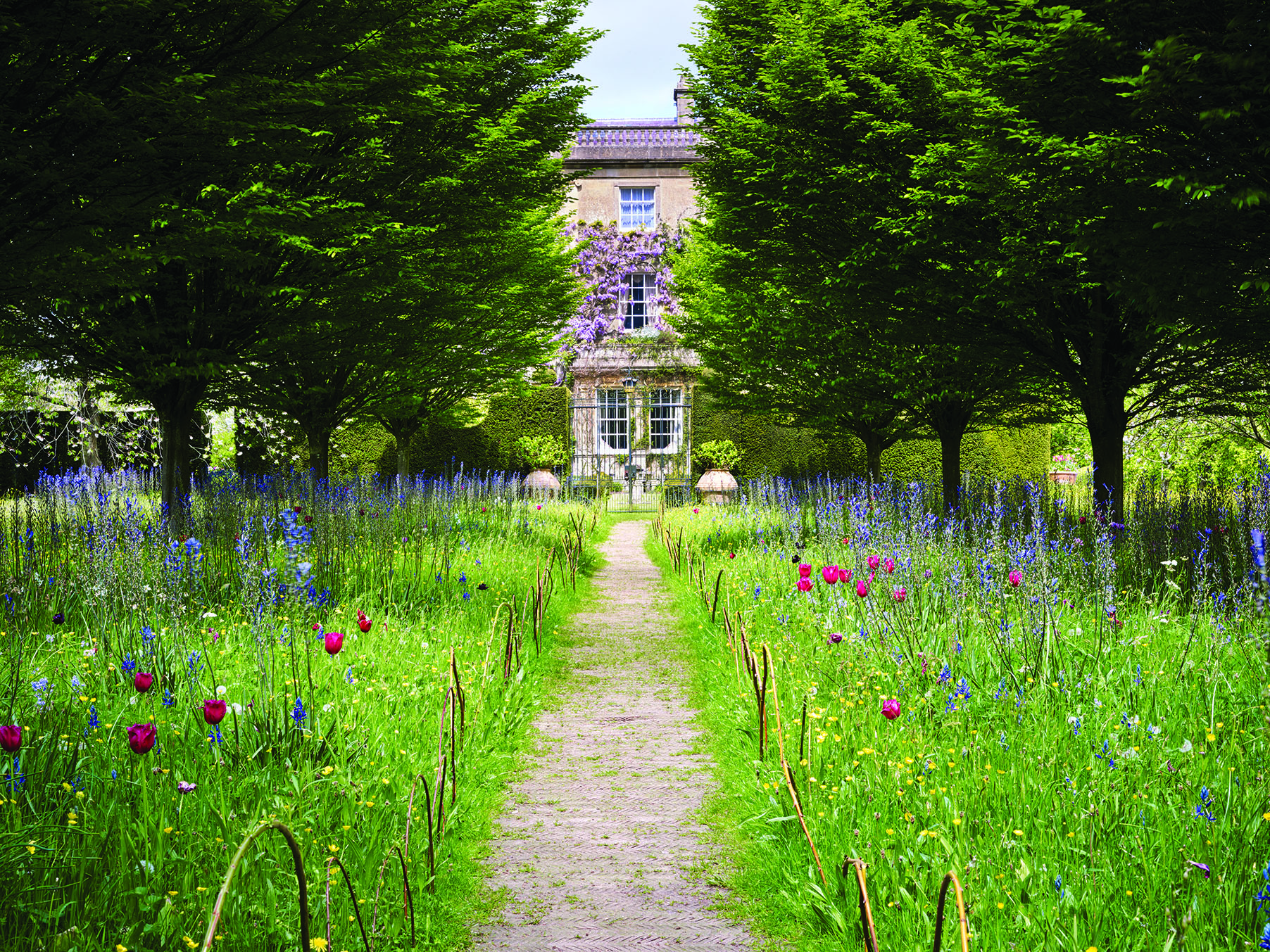

When George Harrison bought the 30-acre estate of Friar Park in Henley-on-Thames, Oxfordshire, in 1970, he found the famous historic gardens in an almighty mess: glasshouses were glassless, the grand lakes silted up and full of rubbish and the famous topiary garden had knitted together, forming an impenetrable thicket.
The demise of Sir Frank Crisp’s masterwork — created in the late 1890s and once cared for by 45 gardeners — was emblematic of the entropy that had set in following the two world wars: all over the country, gardens suffered.
There was no longer the money to pay for the gardeners and, in so many cases, the men had been lost on the battlefield or had left for better-paid work in the factories. Formerly productive kitchen gardens lay idle or were given over to act as glorified stock pens; flowerbeds and tennis courts had been dug up for victory and dock, nettles and elder had wormed their way through the roots of every once-loved peony and rose.
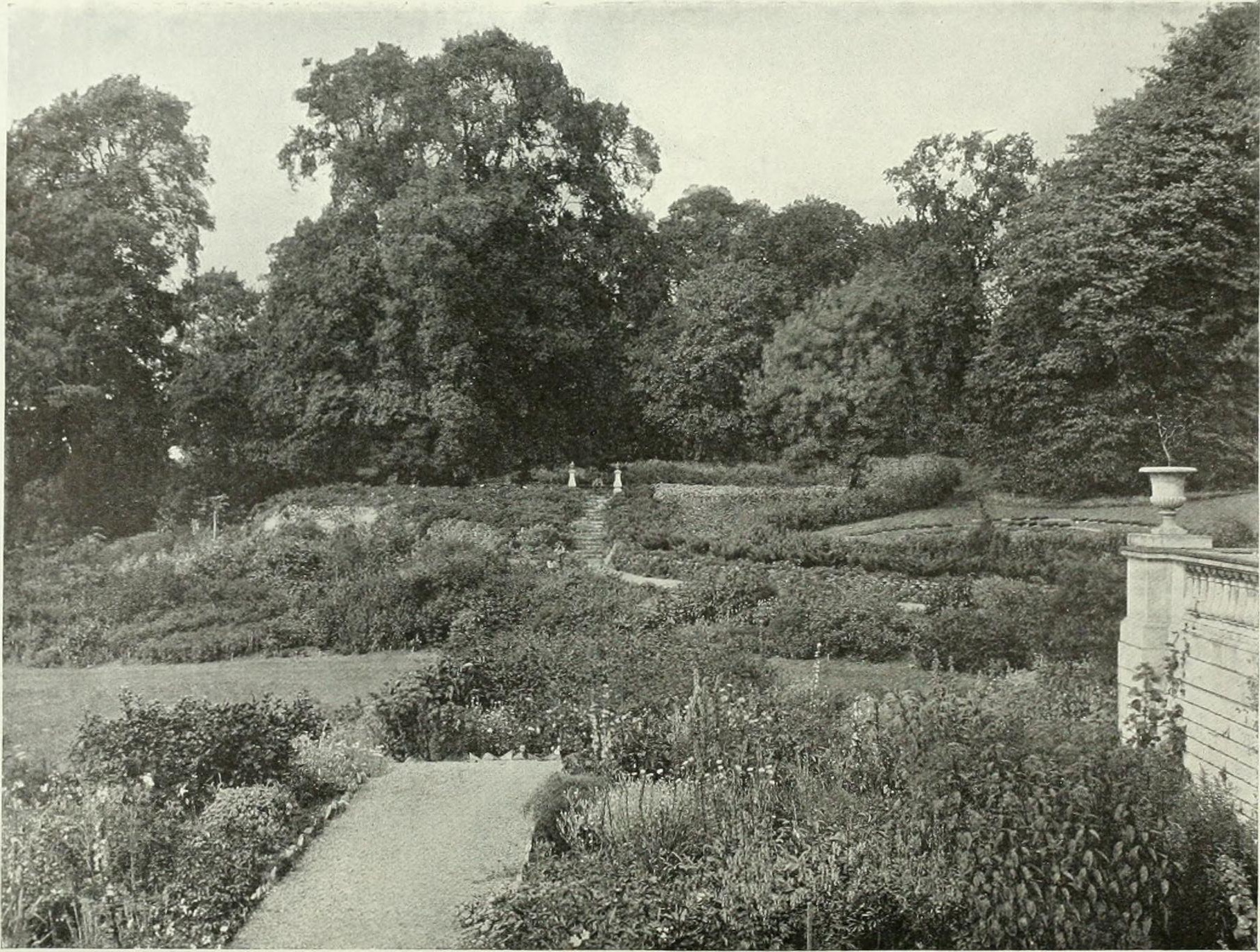
The gardens at Friar Park pre-Beatle. After George Harrison’s death, his widow, Olivia, continued his work to bring the gardens back to life.
Over the past 50 years, however, the gardens at Friar Park, like many other country houses — far too many to even hazard a guess at the numbers — have been rescued from their thorny slumbers. After Harrison’s death, his widow, Olivia, put all her energies into continuing his work to bring the gardens back to life. She sought out photographs and documents — including from the Country Life archives — that shed light on the garden’s former glories, she visited specialist nurseries, consulted experts and employed the gardeners necessary. Still the work continues, partly because this is a very large space, partly because the work in gardens is never done.
Much changed in that decade: only five years later, Sir Elton John bought Woodside, a house with 37 acres in Old Windsor, just outside Windsor Great Park in Berkshire, and asked Rosemary Verey to help with the gardens. In paintings by Thomas Robins the Elder, the gardens appeared as Rococo with a Chinese kiosk, inspired by the pagoda at Kew. Later, Sir Roy Strong remade Verey’s Woodside White Garden into an Italian Garden.
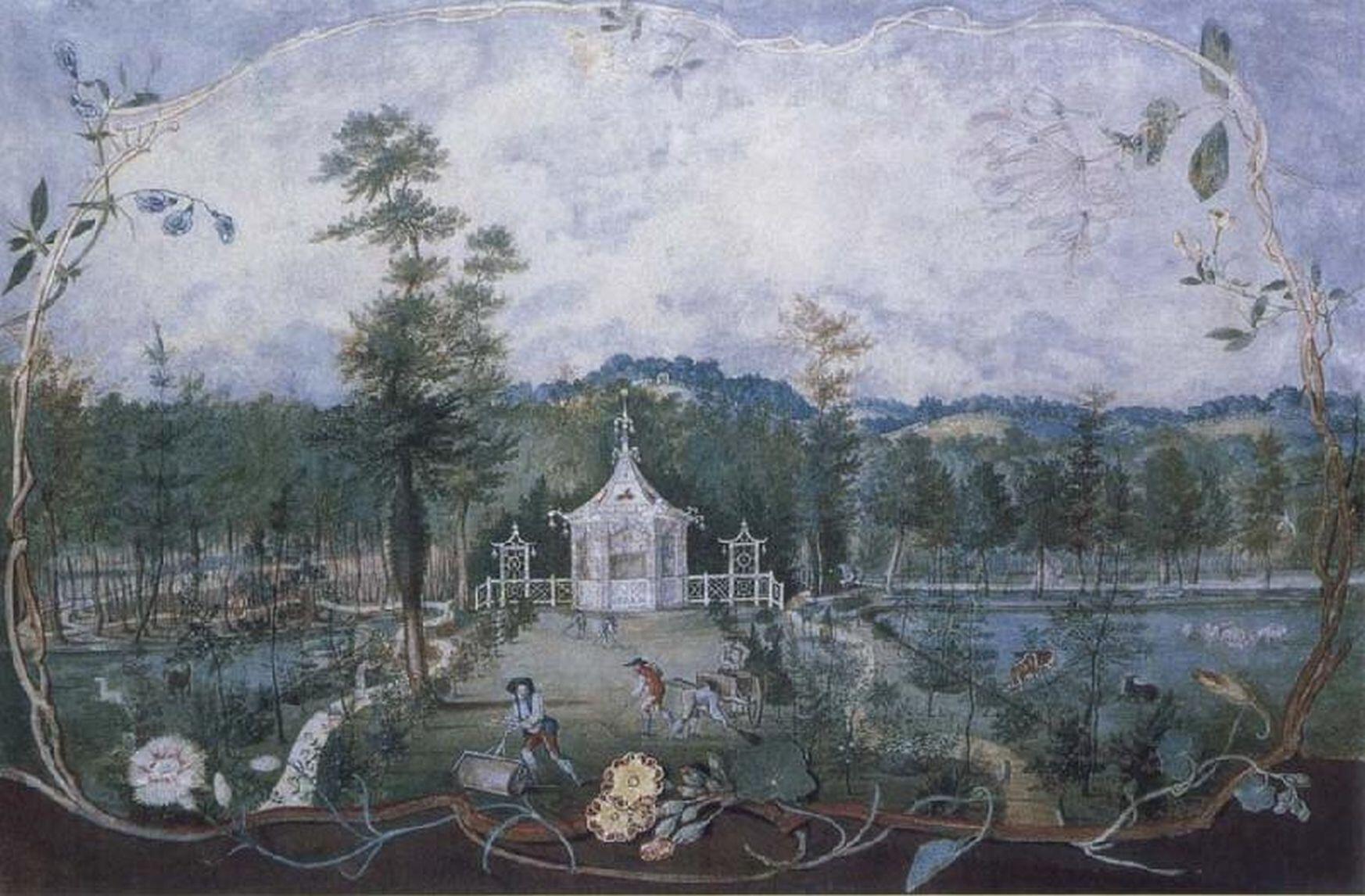
Thomas Robins the Elder's painting, where the gardens at Woodside appear as Rococo with a Chinese kiosk, inspired by the pagoda at Kew Gardens.
It was the noisy arrival of the 1980s, flush with new money and renewed confidence, that really kick-started the renaissance of the country-house garden. The purchase of Highgrove in Gloucestershire by the then Prince of Wales, now The King, in 1980 and his evident enthusiasm for plants and gardening confirmed the royal imprimatur.
Dame Miriam Rothschild advised on the planting of a wildflower meadow at Highgrove where there had been little garden at all. Lady Mollie Salisbury, who, from the 1970s, had been working her magic on the garden at Hatfield House, Hertfordshire, helped the Prince create the Sundial Garden and Verey made the Cottage Garden. When the designers Julian and Isabel Bannerman were asked to make a stumpery there, they recalled how ahead of its time the garden was on their first visit in 1992 in being cared for organically — something that’s now more usual than not.
Exquisite houses, the beauty of Nature, and how to get the most from your life, straight to your inbox.
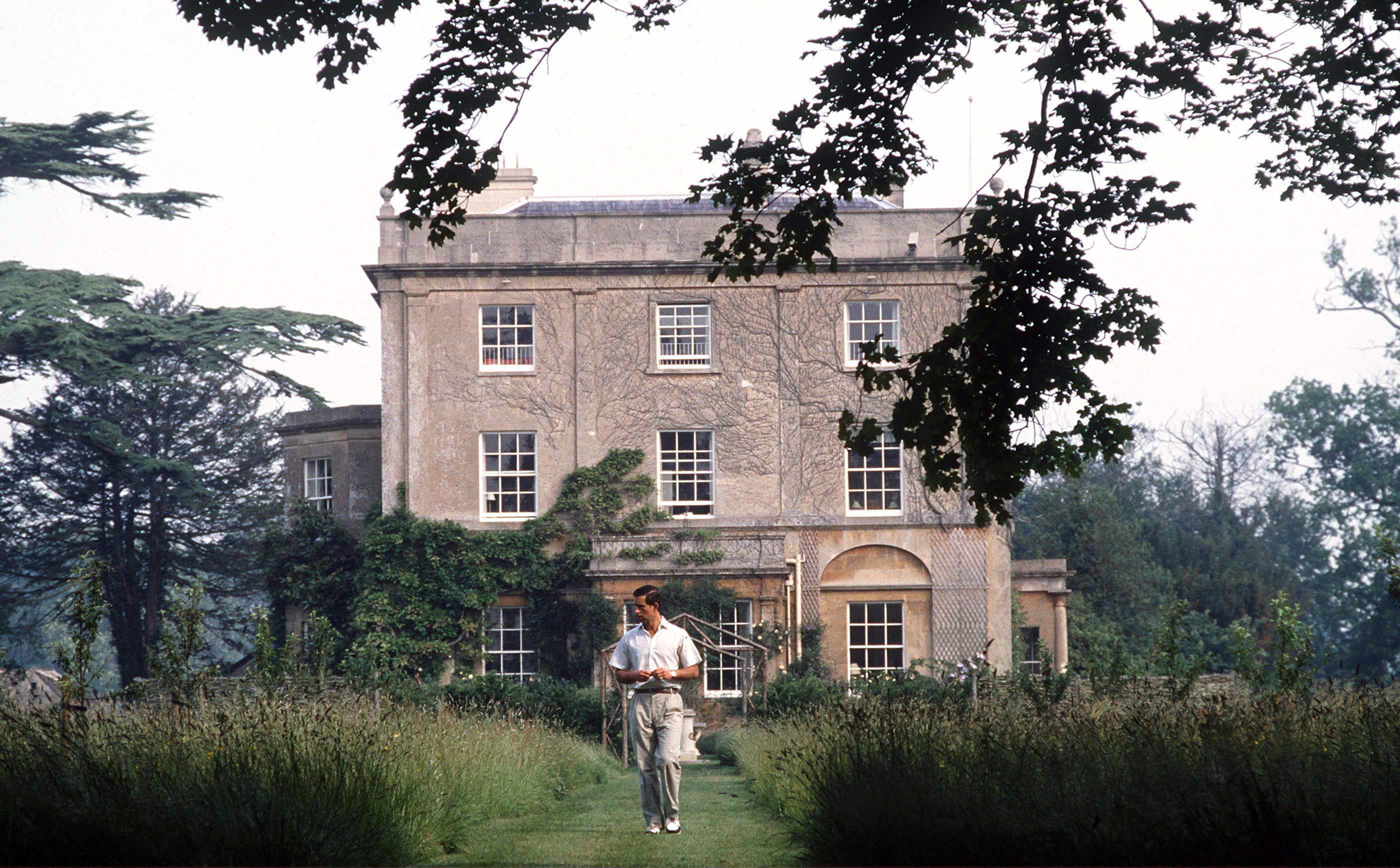
A young Prince Charles in the gardens at Highgrove House near Tetbury in Gloucestershire. To this day it is the private residence of King Charles and Queen Camilla.
Up until then, there had been only a handful of garden designers, notably Percy Cane, Russell Page and Lanning Roper. There were the grand lady gardeners, too, who still remembered how to create the big Edwardian borders tumbling with roses and filled with the scent of catmint and lavender. Verey and Penelope Hobhouse would often be invited to lunch and asked for their opinions on a garden, but Arabella Lennox-Boyd was probably the first of the modern landscape designers. She became interested in gardens after seeing wonderful country-house bounds with terrific views and masses of hybrid musk roses and Pyrus salicifolia.
‘Nancy Lancaster and Geoffrey Jellicoe had made a wonderful garden at Haseley Court in Oxfordshire full of tumbling roses,’ says Lady Lennox-Boyd, who recalls that, in the mid 1980s, she had to move her office out of its tiny basement with one secretary and take on more people to cope with the amount of work that was coming in.
‘Arabella used to ask clients how long they planned to live in the house,’ says Rosie Atkins, who had been the editor of Gardens Illustrated at its launch in 1993, when the magazine tapped into the new horticultural mood. ‘People didn’t do that back then. The owner simply commissioned the designer, much as you’d commission an artist.’
Before then, points out the designer James Alexander-Sinclair, vice-president of the RHS, you inherited your country house. ‘That all changed in the 1980s and people who had never had a big garden didn’t know what to do with it. That is where the garden designer was born. Nowadays, you can barely throw a heavy brick without it hitting a garden designer.’
Money was always the deciding factor on what could be achieved. The garden designer Mary Keen, who sat on the National Trust’s Gardens Panel in the 1980s and 1990s, recalls worries over kitchen gardens. ‘We were perpetually laying them partly to orchard, partly to wildflower meadow.’ In her book Paradise and Plenty (2015), she describes the anti-thesis to this: the restoration she oversaw of the Rothschilds’ walled garden at Eythrope in Buckinghamshire, where there were the gardeners to ensure that every square foot of space was properly cared for.
To mention only a very few ways in which private walled gardens have been adapted to 20th and 21st-century lives and budgets: at Hopetoun, near Edinburgh, Lady Hopetoun filled the four walls with mounding perennials that make it look like a painting; for clients near Culham in Berkshire, Dan Pearson dug out a cup-shaped depression in the ground for star-gazing and created a viewing mound from the spoil; at Broughton Grange, Oxfordshire, Tom Stuart-Smith designed a jewel box of plantings around formal water; and at Easton Walled Gardens, near Grantham in Lincolnshire, Ursula Cholmeley transformed the limestone-walled Tudor enclosure into a meadow in which roses are trained over iron supports made by a local blacksmith.
Lady Cholmeley chairs the gardens committee of Historic Houses, which launched its annual awards to gardens more than 40 years ago. Sponsored by Christie’s, the awards ‘recognise the importance of gardens to the public’. The winner in 2021 was the huge (almost eight acres) walled garden at Gordon Castle in Moray. This had been ingeniously redesigned for the Gordon Lennoxes by Arne Maynard in a dramatic scheme that divided the garden into four quadrants, subdivided again, and is a great draw with visitors, being visually exciting, floriferous and useful.
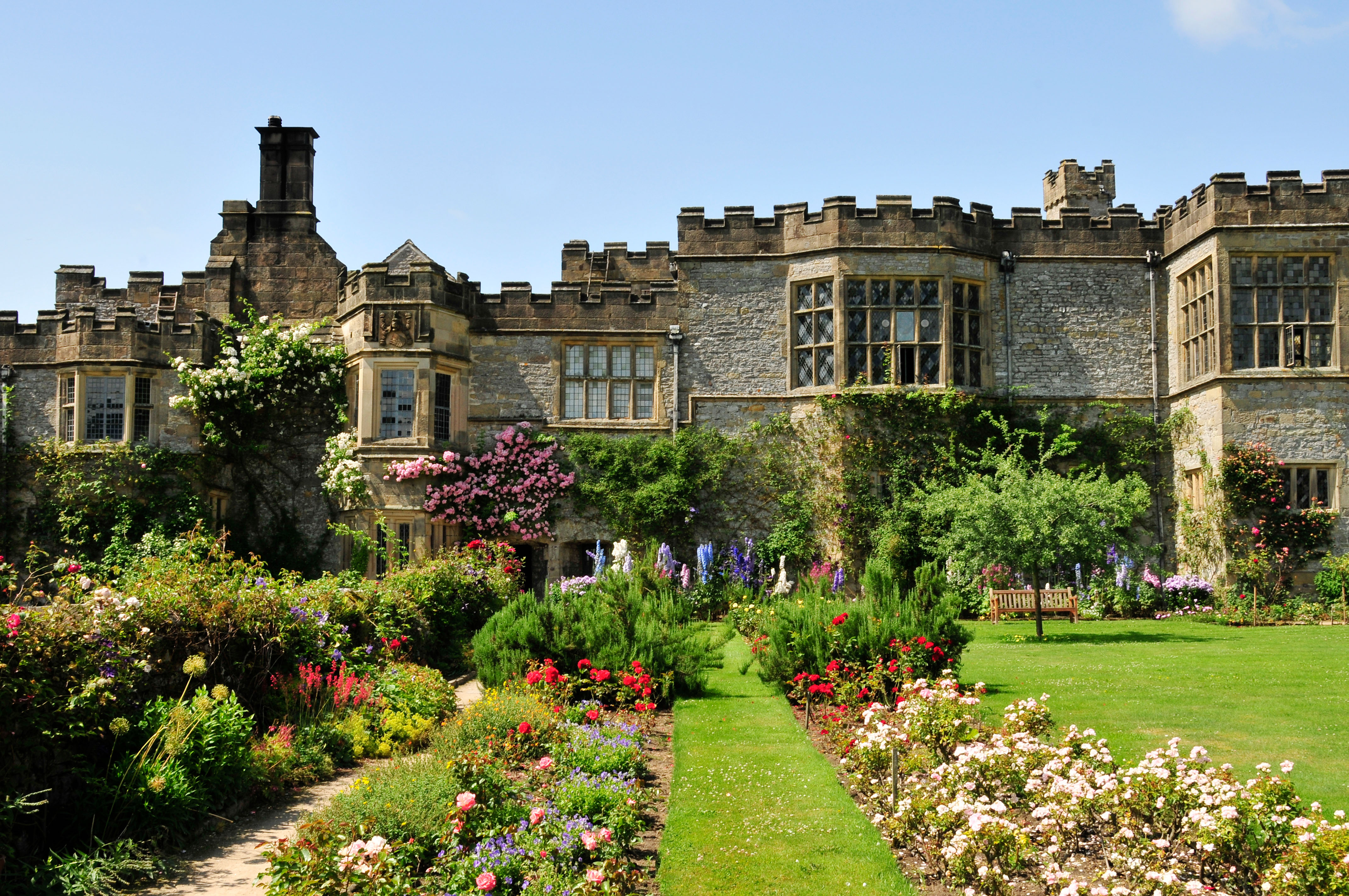
Arne Maynard also worked on the gardens at Haddon Hall. He was inspired by historic tapestries inside the hall during the design process.
Another very different, but equally thrilling project overseen by Maynard is the replanting of the gardens that surround the magnificent medieval Haddon Hall in Derbyshire. He remembers his first visit: ‘The house was untouched and there was a magic about the gardens, but the roses were grown in that 1950s and 1960s manner in bare earth and we wanted to put back some of the romance with wildflowers, native orchids and softer roses. We looked into all the plants that had been introduced and were available in Tudor and Elizabethan days and pulled together a palette that would work.’ Inspired by historic tapestries inside the hall, he included plants that would have been used for dyeing the threads — woad, achilleas and hollyhocks, to mention a few. So far, the team has worked on the Fountain Terrace and Bowling Lawn Terrace and plans are afoot for planting out more terraces this year.
Access to new plants and healthier cultivars has underpinned the horticultural renaissance. As the designer Catherine FitzGerald, who has reinvigorated her garden at Glin Castle, Co Limerick, Ireland, notes: ‘When Beth Chatto brought her unusual plants to Chelsea [in 1977], these were plants we had not seen.’ Again, in the late 1990s, when Northern European gardeners brought their naturalistic grasses here, she explains, ‘they completely collided with the English aesthetic, creating a flowering of a new vision of English gardens’.
It is no wonder that many country-house gardens have become commercial enterprises. The Duchess of Northumberland’s creation of The Alnwick Garden is an obvious example of the appeal to a mass audience. More recently, the garden at Hadspen House, Somerset, once the home of the Hobhouses, has been transformed into The Newt. Other gardens have been rescued as part of the transformation from a private home to a country-house hotel: examples include William Robinson’s garden at Gravetye Manor, West Sussex; the Humphry Repton gardens at Endsleigh overlooking the Tamar in Devon, Le Manoir aux Quat’Saisons in Oxfordshire and Verey’s garden at Barnsley House in Gloucestershire, now part of The Pig hotel chain.
As confidence in gardens grew, many owners commissioned a masterplan that would project works 10, 20 and 30 years into the future. Stoker, the 12th Duke of Devonshire, commissioned a masterplan for the Chatsworth gardens and parkland from Stuart-Smith and work on the Derbyshire estate has been extensive yet gradual, with the restoration and replanting of Joseph Paxton’s famous rock garden in 2021 and the subsequent replanting of the woodlands to create a new Arcadia.
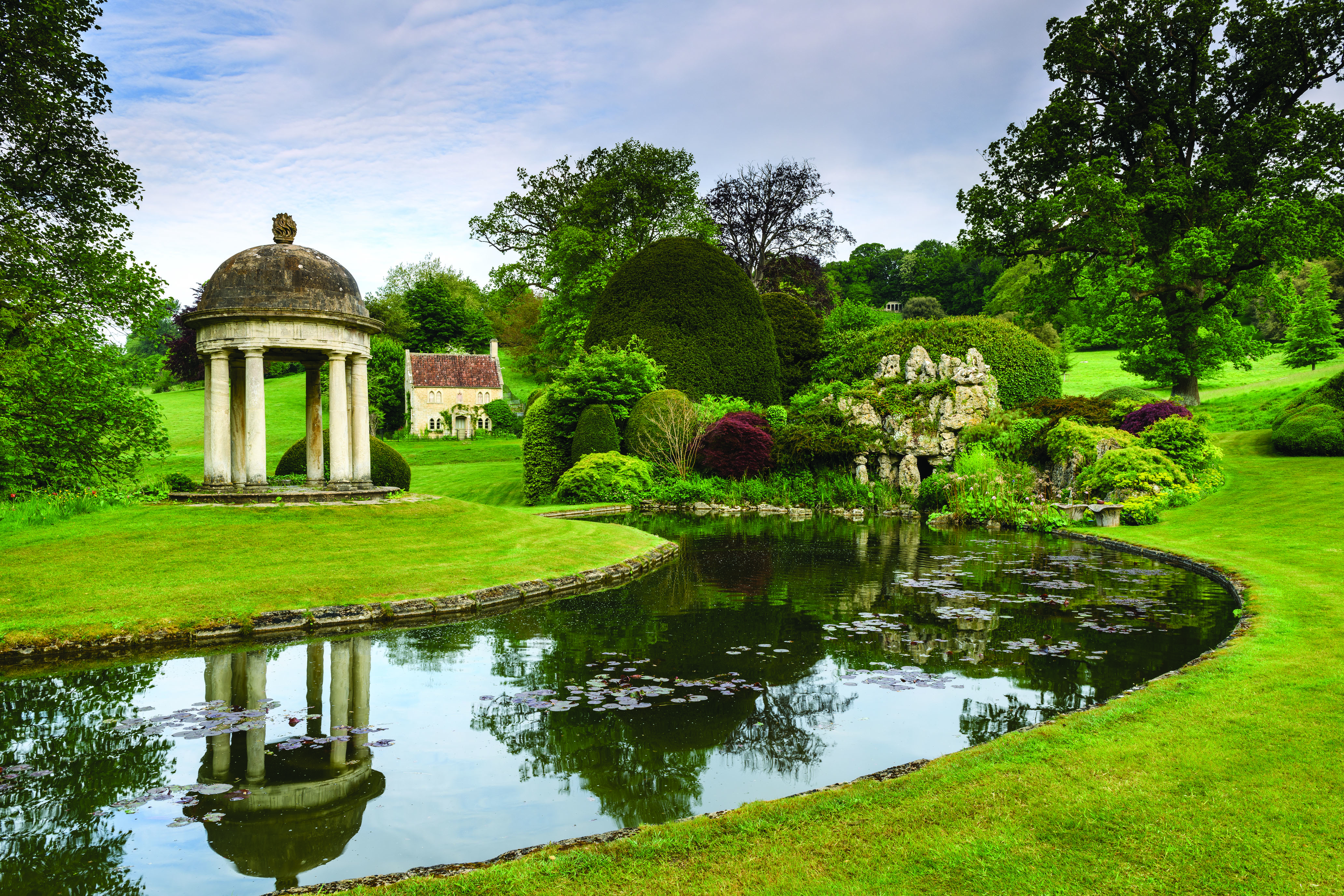
The restored 18th-century landscape is brilliantly combined with contemporary additions at Belcombe Court in Wiltshire.
At Lowther, near Penrith in Cumbria, Jim Lowther inherited a castle without a roof, historic lawns that had been ruined by tanks manoeuvring over them (not to mention the depredations of a battery chicken farm) and the loss of the rest of the Thomas Mawson garden to stands of conifers.
‘Lowther had 30–40 gardeners in its Edwardian heyday,’ says designer Pearson, who was invited to draw up a masterplan for how to manage this white elephant. ‘Making the masterplan, you go through all the layers of history asking yourself what are the most important layers that you can draw from and include, but to which you can give a modern and practical approach in terms of staffing and funding.’
He adds: ‘The question was what could you do within that setting that was convincing, that is telling the story. Using the principles outlined above, we created a garden in the ruins of the castle so that when you are standing in what was the drawing room you can look up and see the fireplaces in what were the bedrooms, where Clematis "Bill MacKenzie" is growing through the windows.’
Work continued with a new rose garden and the restoration in the past two years of the original Mawson waterworks. ‘The rock garden, Japanese garden and scented garden were overgrown with wild raspberries, dock and ground elder, all of which have been carefully removed.’ Rather than replace the Edwardian lead storks and cranes in the Japanese garden, Pearson has used his experience of working in Japan to ‘conjure that spirit using the existing framework and replanting with native Japanese woodland perennials’.
At Dunira, a Mawson garden in Perthshire, the new owner called on the designer Simon Johnson to oversee the work. ‘When I first saw Dunira, there was hardly anything there, it was like Machu Picchu with bits of masonry poking up here and there. But Mawson’s archive in Kendal was very helpful and the Country Life archive is such a wonderful tool with all those amazing photographs.’
Dunira is a good example of a significant garden where enough of the original survived for an accurate reconstruction to be possible. ‘Stonework and hard surfaces, once restored, don’t need much maintaining, Johnson notes. If staffing is limited, when you indulge yourself horticulturally in one part of the garden, you have to restrain yourself in others. Plants have to really earn their place.’
‘There can be hundreds of years of layers of different things done over different generations,’ points out landscape designer Pip Morrison, who is managing the restoration and reimagining of the Auckland Palace garden and parkland at Bishop Auckland in Co Durham, which have been altered by successive bishops for 900 years. ‘You have to analyse everything, past and present, and consider what belongs and what feels out of place. It’s thinking about the character of a place and editing out the elements that are cluttering it up to get back to one voice and a strong personality specific to that place.’
This approach ensured the success of his restoration for Tom and Rosamond Sweet-Escott of the formal gardens at Chettle, a fine Baroque house in Dorset. ‘The big reflecting pool was completely new, but in the style of the 18th century.’ Surrounding it with wildflower meadow instead of lawn was the final touch of genius — because, in the words of FitzGerald: ‘We’re all wanting a softer approach. People like to walk on a mown path through a wildflower meadow. We crave long grass and woods and bluebells.’
It looks as if whatever other fashions in the garden change, meadows, which were given the royal stamp of approval when The King encouraged the creation of new wildflower meadows to celebrate his mother’s Diamond Jubilee — are likely to stay with us — even if they look scruffy for months each year.
Previously the Editor of GardenLife, Tiffany has also written and ghostwritten several books. She launched The Telegraph gardening section and was editor of IntoGardens magazine. She has chaired talks and in conversations with leading garden designers. She gardens in a wind-swept frost pocket in Northamptonshire and is learning not to mind — too much — about sharing her plot with the resident rabbits and moles.
-
 Suit yourself: I’m a 49 year-old man-about-town and I’ve never owned a suit
Suit yourself: I’m a 49 year-old man-about-town and I’ve never owned a suitWhen Hugh Smithson-Wright turned up to Country Life's annual Gentleman's Life party sans suit, it sparked a passionate conversation about why the formal fashion just isn't for everyone.
-
 'The ugliness and craziness is a part of its charm': The Country Life guide to Bangkok
'The ugliness and craziness is a part of its charm': The Country Life guide to BangkokWhere to stay, where to eat and what to do in the Thai capital.
-
 There are a billion microbes in a teaspoon of soil. Leaving the leaves to Nature feeds and nourishes them
There are a billion microbes in a teaspoon of soil. Leaving the leaves to Nature feeds and nourishes themLeaf blowers aren't just futile and polluting — they're actively bad for the health of your garden, not to mention your mental wellbeing. Time to reach for the rake, says Isabel Bannerman.
-
 What trees taught me about perfect planting — Alan Titchmarsh
What trees taught me about perfect planting — Alan TitchmarshSense and patience is key to growing healthy trees, as a certain Mr Mackenzie showed a young Alan Titchmarsh
-
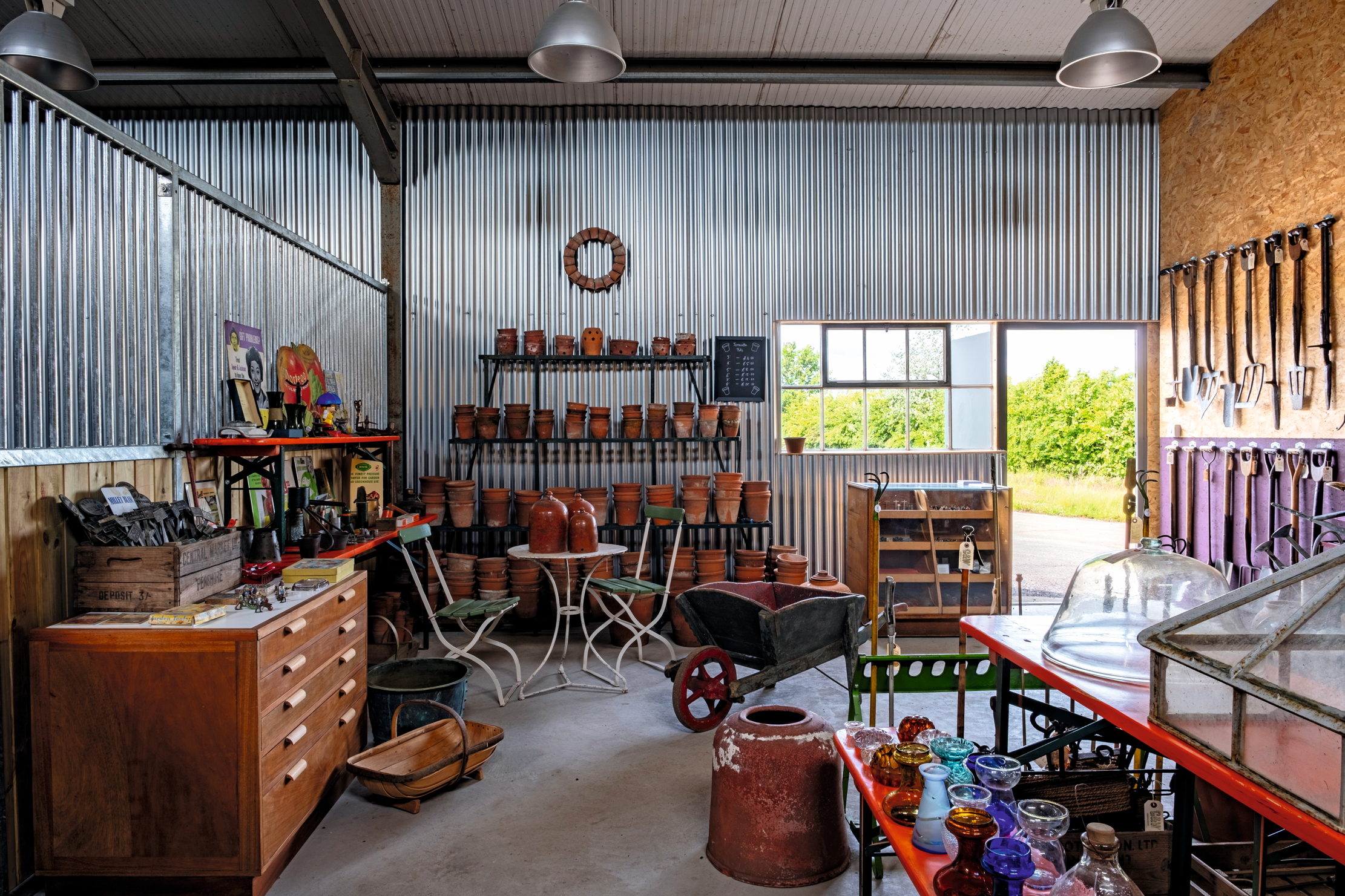 When it comes to making the perfect garden tool, the past has all the answers
When it comes to making the perfect garden tool, the past has all the answersMary Keen visits Garden & Wood, the mecca for dedicated gardeners who prefer using tools made in the 1940s
-
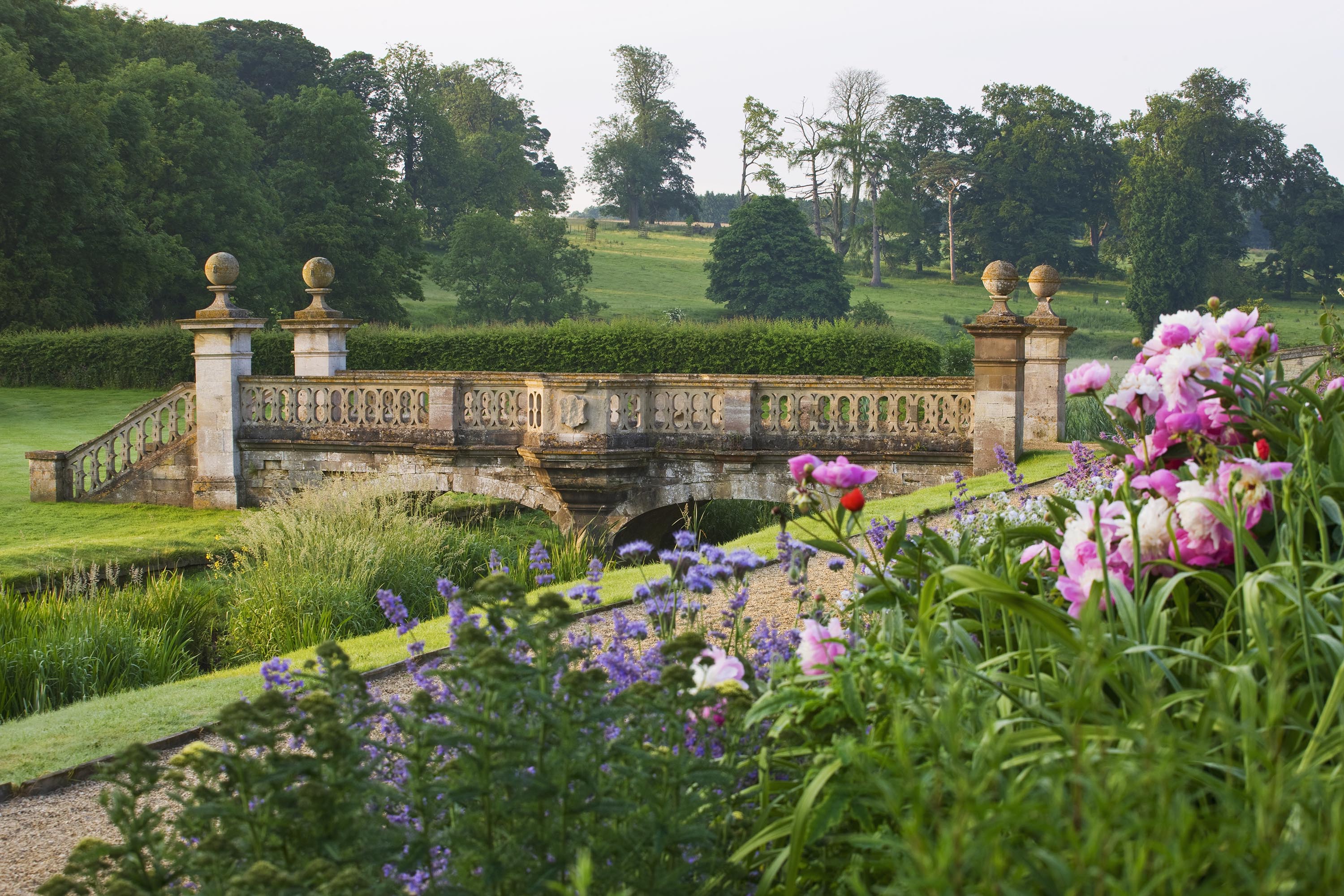 'A dream of Nirvana... almost too good to be true': The sweet peas of Easton Walled Gardens, and how you can replicate their success at home
'A dream of Nirvana... almost too good to be true': The sweet peas of Easton Walled Gardens, and how you can replicate their success at homeUrsula Cholmeley, who has spent 25 years restoring Easton Walled Gardens, recommends sowing sweet peas now for stronger plants that will better withstand the weather.
-
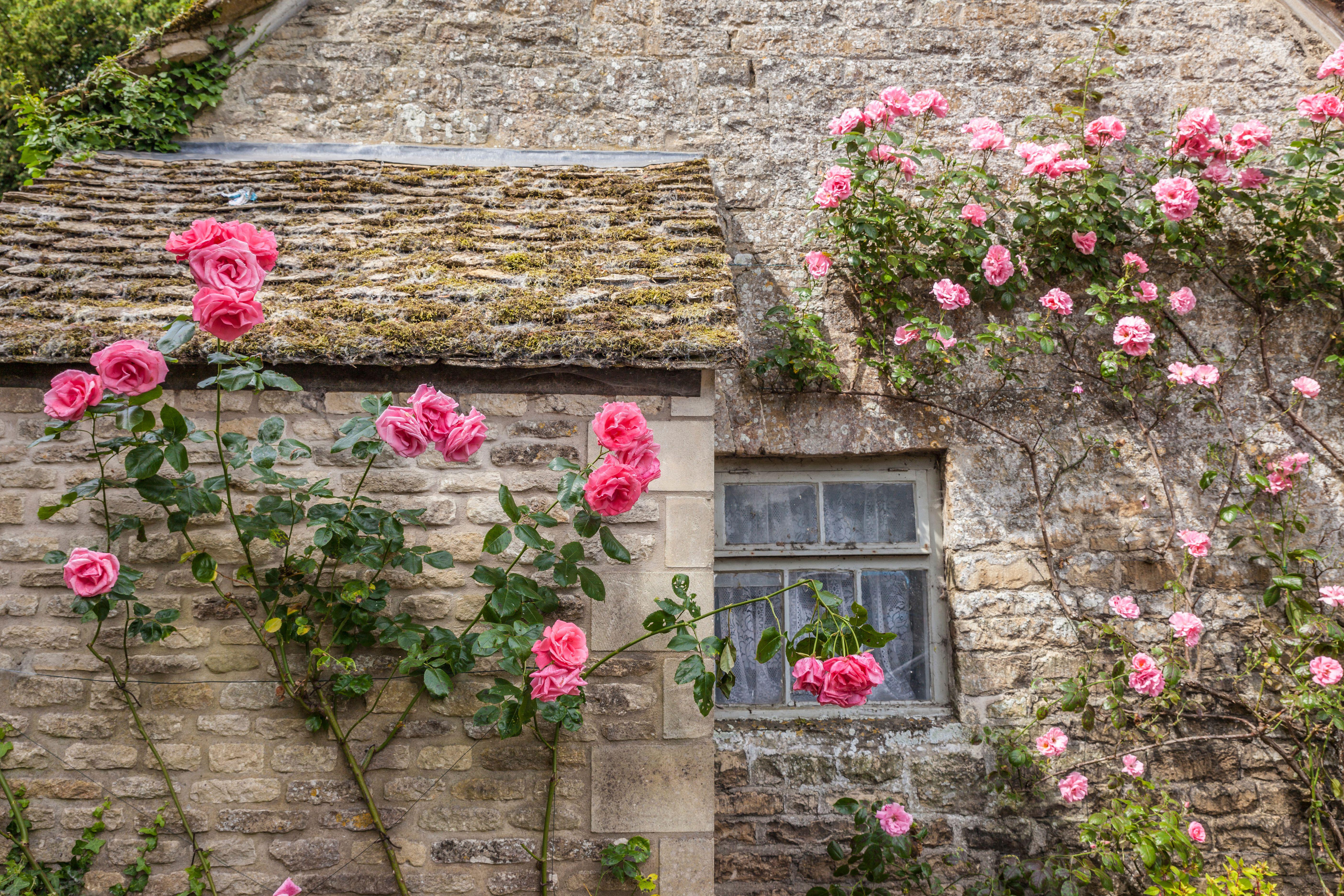 How to choose the perfect rose this bare root season
How to choose the perfect rose this bare root seasonLooks can be deceiving: bare root roses are hardier and more sustainable than potted ones, says Tabi Jackson Gee, who moved to a cottage in Wiltshire and went about finding the perfect plant. You just need patience.
-
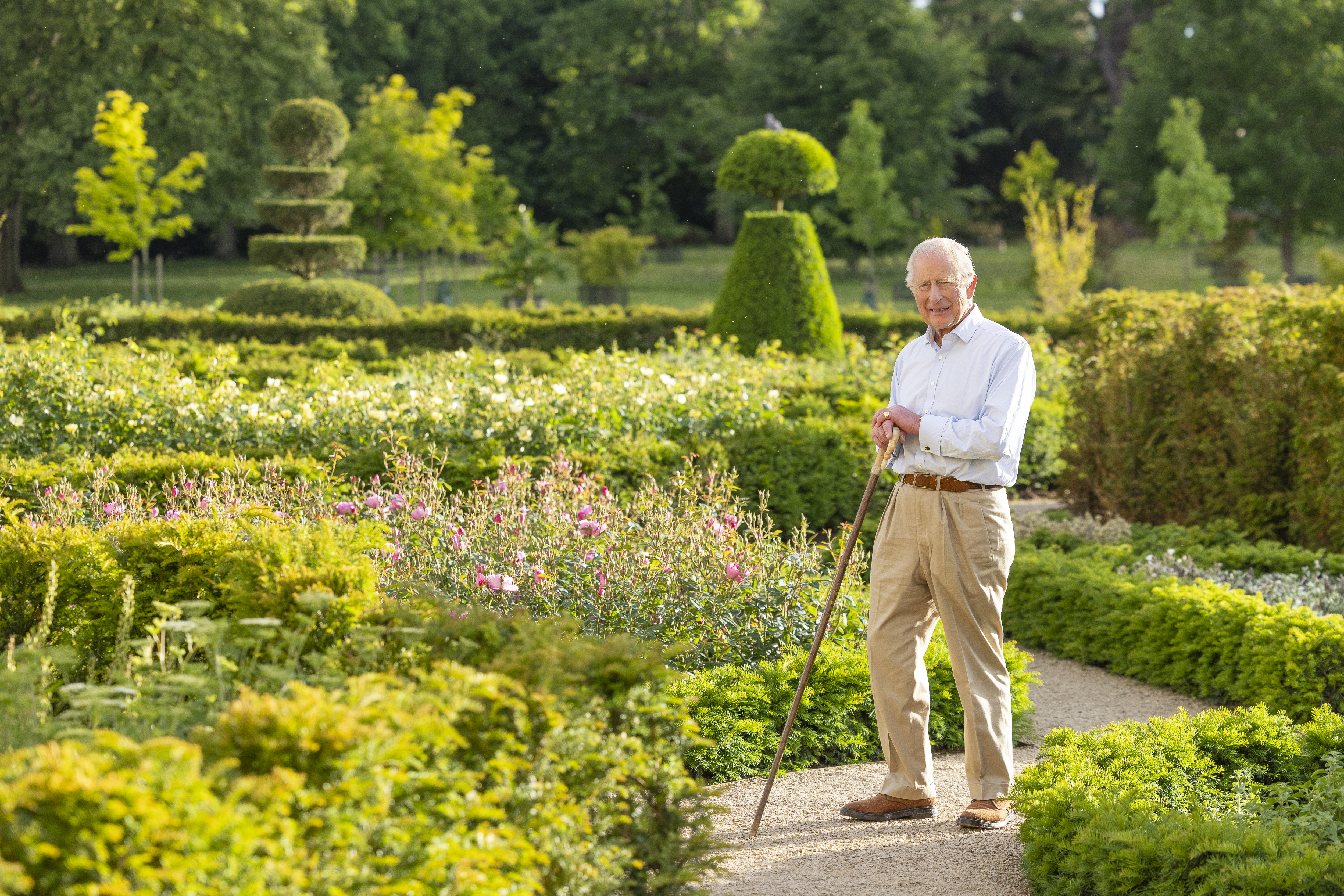 Exclusive: The King's remarkable resurrection of the gardens and parkland at Sandringham
Exclusive: The King's remarkable resurrection of the gardens and parkland at SandringhamThe King took over the running of the 21,000-acre Sandringham estate in 2017 — and in the last three years has transformed it beyond recognition.
-
 The trees that are as fine to eat as they are to look at
The trees that are as fine to eat as they are to look atMark Diacono doesn't grow many trees for the sake of the bounty they provide — but these are the notable exceptions.
-
 Bothered by brambles and snagged by sow thistles, but what is the point of all this thorny microaggression?
Bothered by brambles and snagged by sow thistles, but what is the point of all this thorny microaggression?Nature’s spiky deterrents — thorns, spines and prickles — may be quick to catch us out, but they can also prove to be a useful ally.
